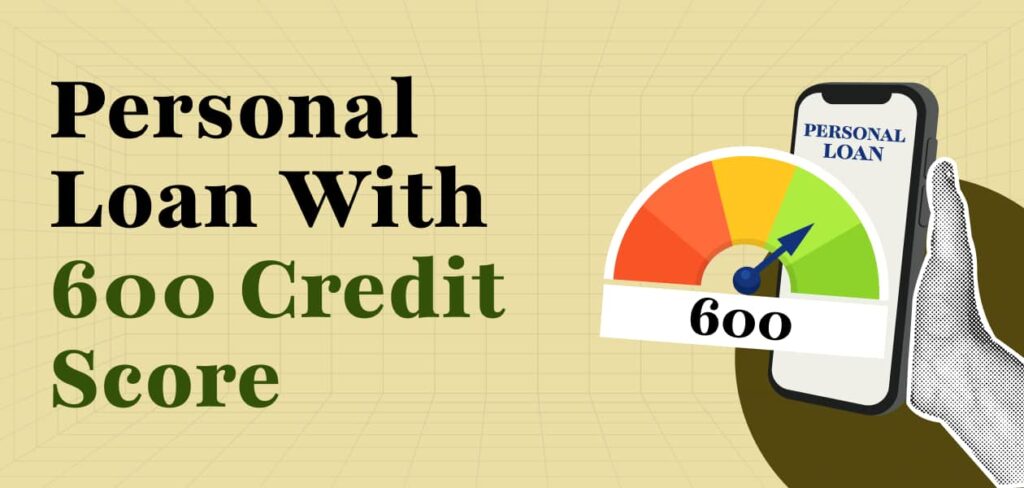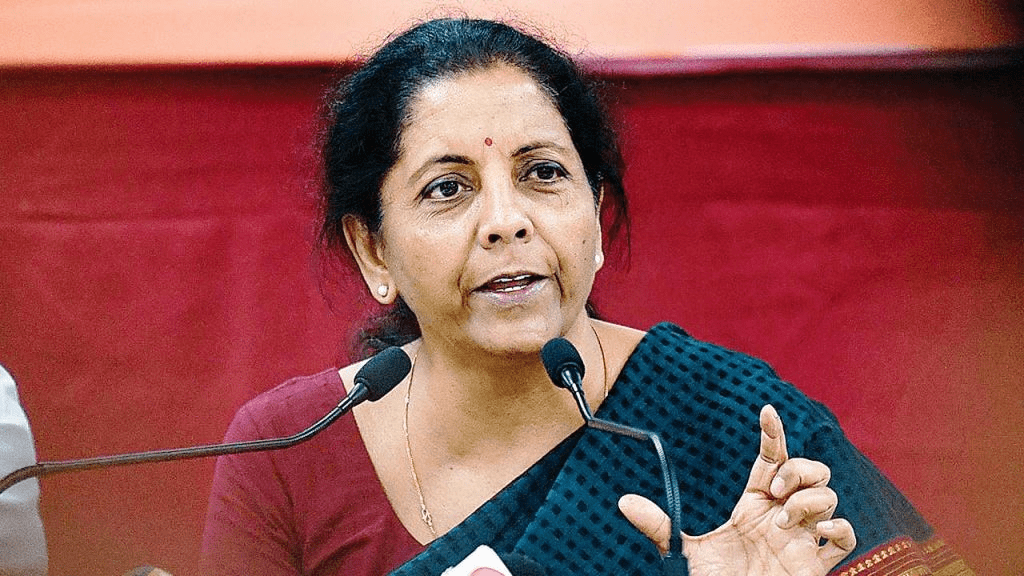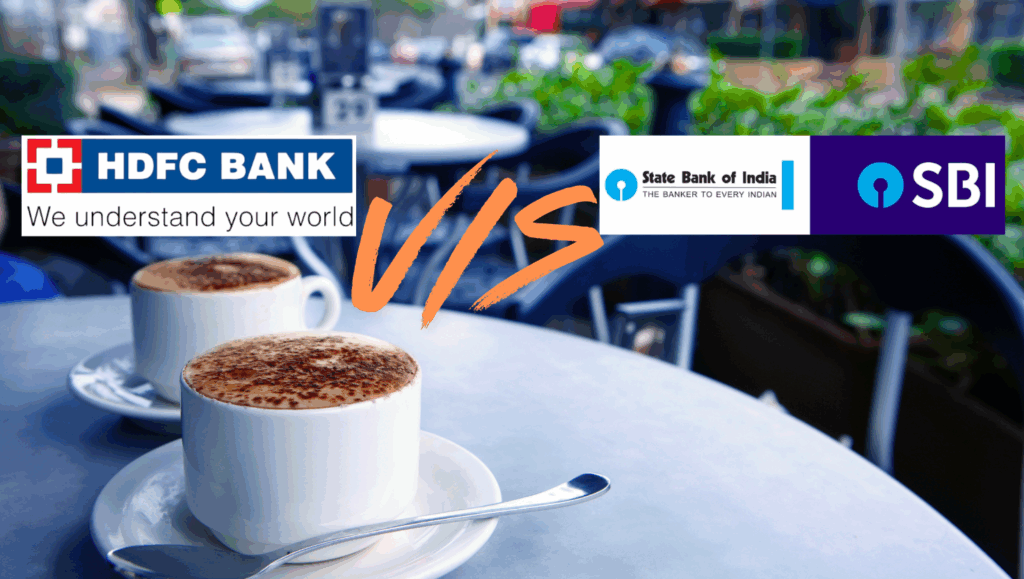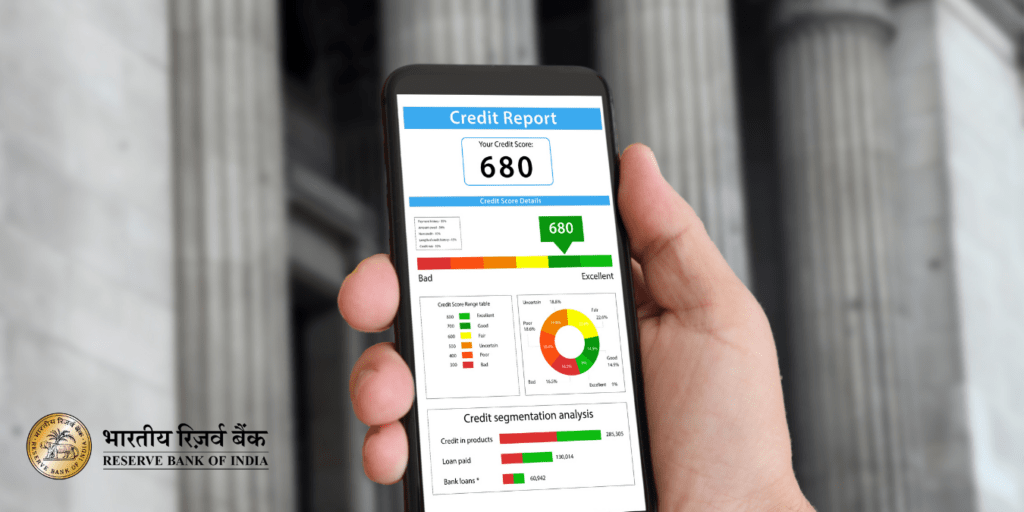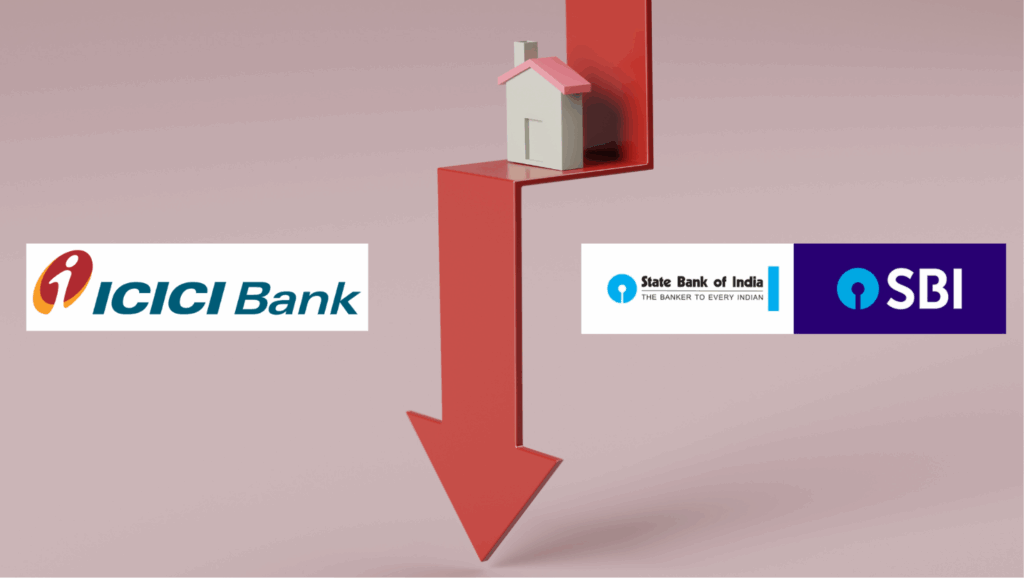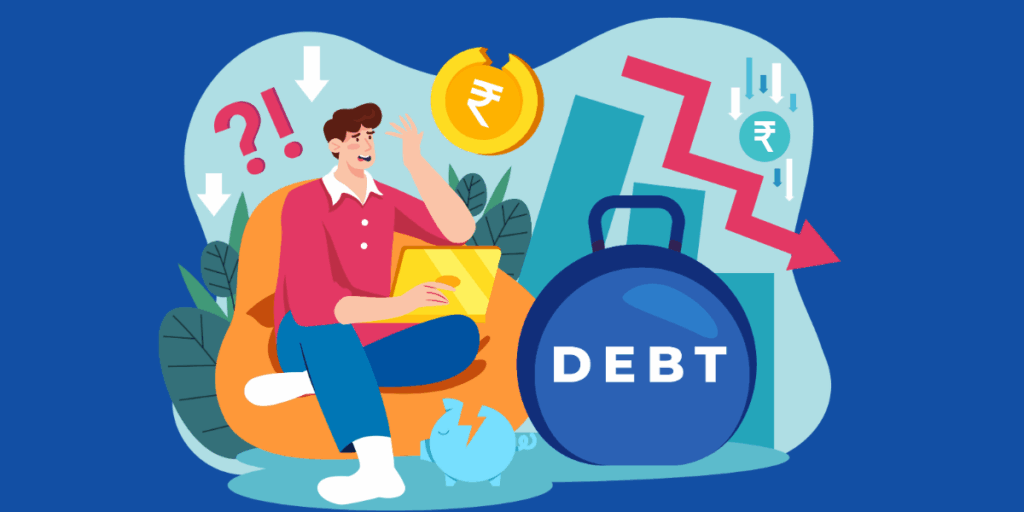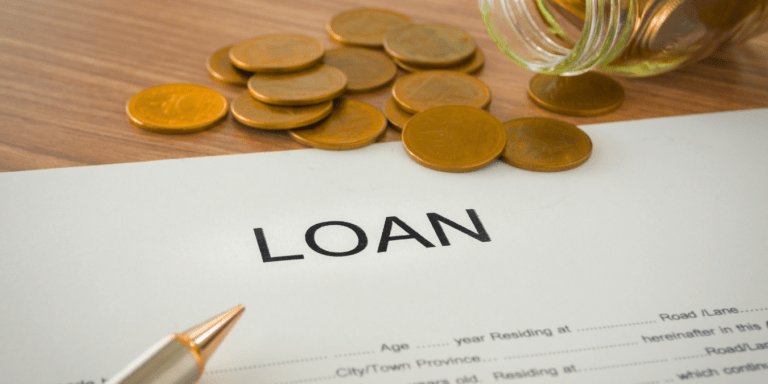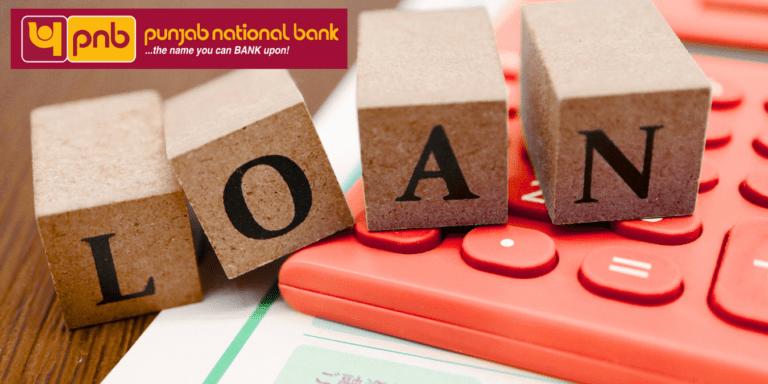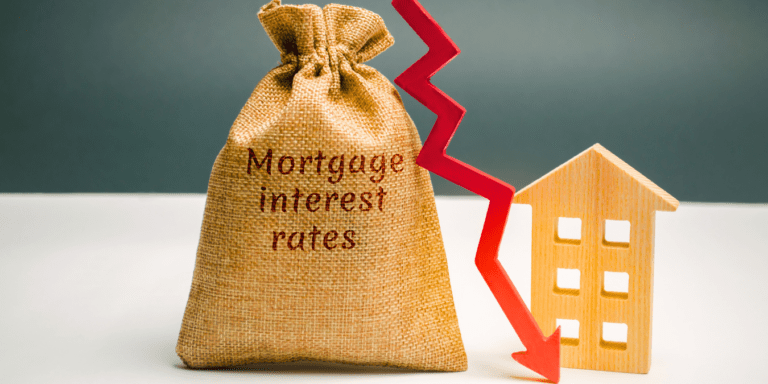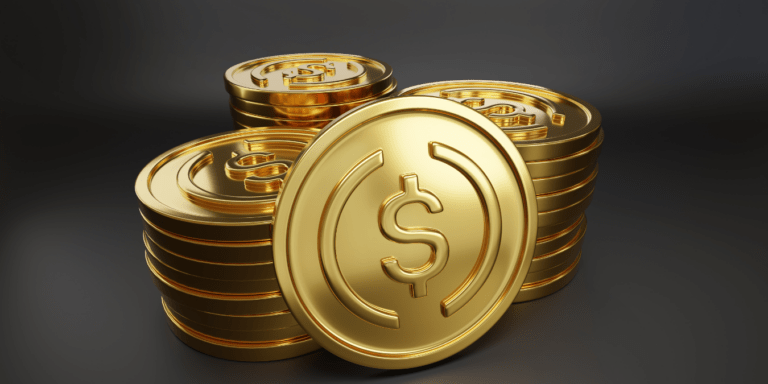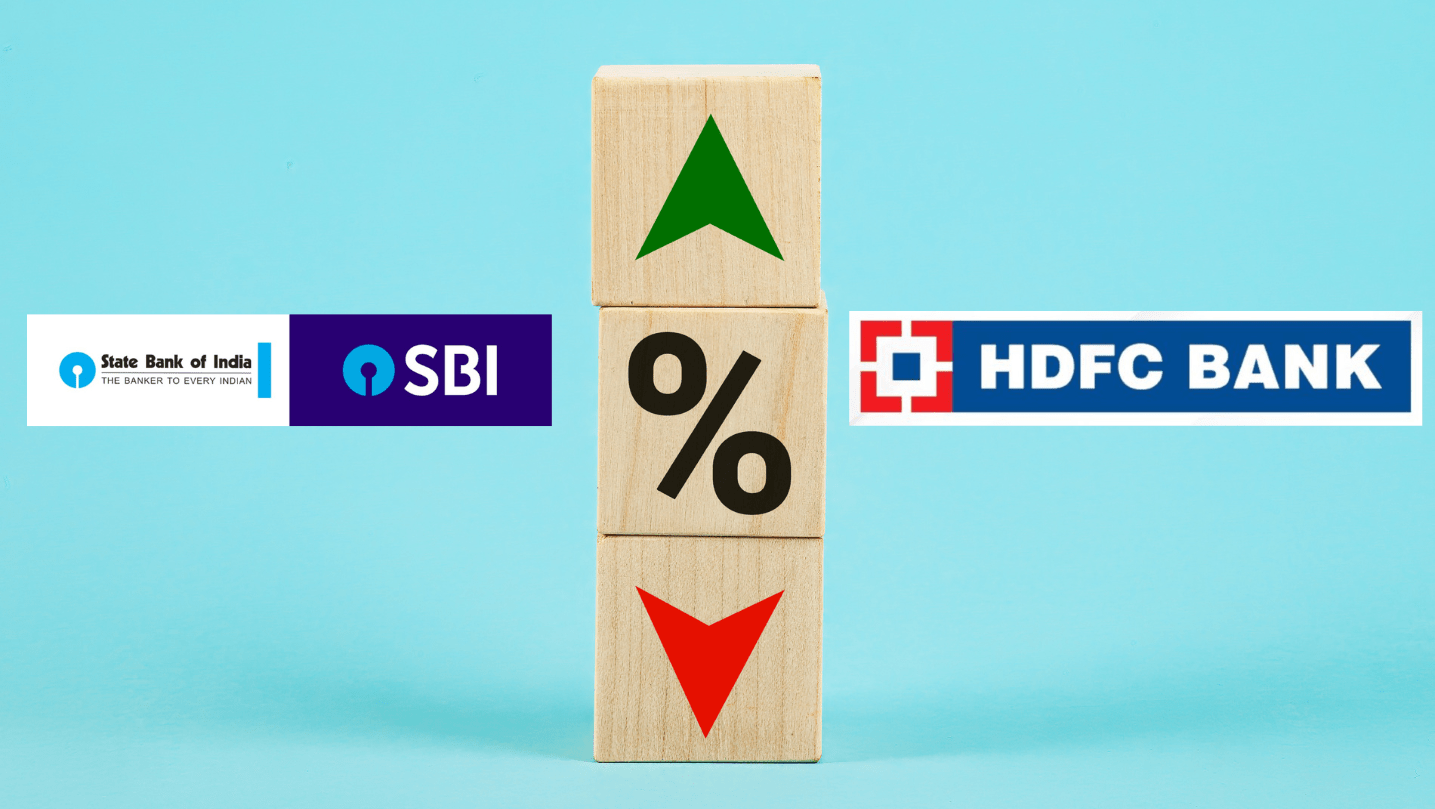
Compare SBI vs HDFC Bank interest rates on savings, FDs, and loans. Discover which bank offers higher returns, lower loan rates, and better investment options. Make an informed choice for maximum profits! #SBIvsHDFC #InterestRates #BankingComparison
Fixed deposits (FDs) and savings accounts remain popular investment options for individuals seeking secure and stable returns. With the Reserve Bank of India (RBI) recently adjusting the repo rate to 6% in April 2025, banks have responded by revising their interest rates on various deposit schemes. Among the top contenders, State Bank of India (SBI) and HDFC Bank stand out due to their extensive customer base, trusted reputation, and competitive offerings. This blog post dives deep into a comprehensive comparison of SBI vs HDFC interest rates for fixed deposits, savings accounts, and other schemes, analyzing which bank offers better returns. Packed with the latest data, expert insights, this guide will help you make an informed decision.
Why Compare SBI and HDFC Interest Rates?
SBI, India’s largest public sector bank, and HDFC Bank, the country’s leading private sector lender, cater to millions of customers with diverse financial products. Both banks are known for their reliability, extensive branch networks, and digital banking platforms like SBI YONO and HDFC NetBanking. However, when it comes to FD interest rates, savings account interest rates, and special schemes, their offerings differ significantly. Choosing the right bank can maximize your returns, especially in a low-interest-rate environment following the RBI’s repo rate cut.
This comparison focuses on:
- Fixed Deposit (FD) Interest Rates: For general public, senior citizens, and super senior citizens.
- Savings Account Interest Rates: For different balance slabs.
- Special FD Schemes: Unique offerings like SBI’s Amrit Vrishti and HDFC’s HealthCover FD.
- Loan Against FD: Availability and interest rates.
- Tax-Saving FDs: Benefits under Section 80C.
- Digital Accessibility: Ease of opening FDs online.
By analyzing these factors, we aim to answer the question: Which bank offers better returns in 2025—SBI or HDFC?
Fixed Deposit (FD) Interest Rates: SBI vs HDFC
Fixed deposits are a cornerstone of conservative investment strategies in India, offering guaranteed returns and safety. Let’s compare the latest FD interest rates for SBI and HDFC as of April 2025, based on tenures ranging from 7 days to 10 years.
SBI FD Interest Rates (Below ₹3 Crore)
SBI revised its FD rates effective April 15, 2025, following the RBI’s repo rate cut. The bank offers competitive rates, with additional benefits for senior citizens and super senior citizens (above 80 years). Here’s a breakdown:
| Tenure | General Public | Senior Citizens | Super Senior Citizens |
| 7 days to 45 days | 3.50% | 4.00% | 4.10% |
| 46 days to 179 days | 5.50% | 6.00% | 6.10% |
| 180 days to 210 days | 6.25% | 6.75% | 6.85% |
| 211 days to < 1 year | 6.50% | 7.00% | 7.10% |
| 1 year to < 2 years | 6.70% | 7.20% | 7.30% |
| 2 years to < 3 years | 6.90% | 7.40% | 7.50% |
| 3 years to < 5 years | 6.75% | 7.25% | 7.35% |
| 5 years to 10 years | 6.50% | 7.50%* | 7.60%* |
| 444 days (Amrit Vrishti) | 7.25% | 7.75% | 7.85% |
*Note: The 7.50% rate for senior citizens on 5–10 years includes the “SBI We Care” scheme, offering an additional 0.50% for tenures of 5 years and above. Super senior citizens receive an extra 0.10% under the SBI Patrons scheme.
Key Highlights:
- Highest Rate: 7.25% for the general public and 7.85% for super senior citizens on the 444-day Amrit Vrishti scheme (valid until March 31, 2025).
- Tax-Saving FD: 6.50% for the general public and 7.50% for senior citizens (5-year lock-in).
- Premature Withdrawal Penalty: 0.50% for deposits up to ₹5 lakh; 1% for deposits above ₹5 lakh.
- Loan Against FD: Up to 95% of the FD value at 1% above the FD rate.
HDFC FD Interest Rates (Below ₹3 Crore)
HDFC Bank revised its FD rates effective April 1, 2025, reducing rates by 35–40 basis points for select tenures. Senior citizens receive an additional 0.50% across all tenures.
| Tenure | General Public | Senior Citizens |
| 7 days to 14 days | 3.00% | 3.50% |
| 15 days to 29 days | 3.00% | 3.50% |
| 30 days to 45 days | 3.50% | 4.00% |
| 46 days to 6 months | 4.50% | 5.00% |
| 6 months 1 day to < 9 months | 5.75% | 6.25% |
| 9 months to < 1 year | 6.00% | 6.50% |
| 1 year to < 15 months | 6.60% | 7.10% |
| 15 months to < 18 months | 7.25% | 7.75% |
| 18 months to 21 months | 7.25% | 7.75% |
| 21 months to 55 months | 7.00% | 7.50% |
| 55 months to 10 years | 7.00% | 7.50% |
Key Highlights:
- Highest Rate: 7.25% for the general public and 7.75% for senior citizens on tenures of 15 months to 21 months.
- Tax-Saving FD: 7.00% for the general public and 7.50% for senior citizens (5-year lock-in).
- Premature Withdrawal Penalty: Rate applicable for the period the deposit remained with the bank, effective July 22, 2023.
- Loan Against FD: Up to 90% of the FD value via overdraft facility.
FD Comparison: SBI vs HDFC
- Short-Term FDs (7 days to 1 year):
- SBI offers slightly higher rates for tenures like 180–210 days (6.25% vs HDFC’s 5.75%) and 211 days to <1 year (6.50% vs HDFC’s 6.00%).
- HDFC is more competitive for very short tenures (30–45 days: 3.50% vs SBI’s 3.50%).
- Medium-Term FDs (1–3 years):
- HDFC takes the lead with 7.25% for 15–21 months compared to SBI’s 6.90% for 2–3 years.
- SBI’s Amrit Vrishti (444 days) at 7.25% matches HDFC’s peak rate but is tenure-specific.
- Long-Term FDs (3–10 years):
- SBI offers 6.75% (general) and 7.50% (senior citizens) for 3–5 years, while HDFC provides 7.00% and 7.50%, respectively.
- For 5–10 years, SBI’s “We Care” scheme gives senior citizens 7.50%, matching HDFC’s rate.
- Special Schemes:
- SBI’s Amrit Vrishti (444 days) offers 7.25%–7.85%, making it attractive for short-term investors.
- HDFC’s HealthCover FD combines FD returns with hospital cash cover, appealing to health-conscious investors.
Winner: HDFC Bank offers marginally better rates for medium-term FDs (15–21 months), while SBI is competitive for short-term and special schemes like Amrit Vrishti. For senior citizens, both banks offer similar rates for long-term FDs.
Savings Account Interest Rates: SBI vs HDFC
Savings accounts are ideal for liquidity and transactional needs, but their interest rates are lower than FDs. Both SBI and HDFC revised their savings account rates in April 2025 following the RBI’s repo rate cut.
SBI Savings Account Rates
SBI offers a uniform rate for balances below ₹10 crore, effective October 15, 2022:
| Balance | Interest Rate |
| Below ₹10 crore | 2.70% |
| ₹10 crore and above | 3.00% |
Key Features:
- Interest is calculated on the daily balance and credited quarterly.
- SBI’s YONO app allows easy account management and FD linkage.
HDFC Savings Account Rates
HDFC Bank revised its rates effective April 12, 2025, reducing them by 25 basis points:
| Balance | Interest Rate |
| Below ₹50 lakh | 2.75% |
| ₹50 lakh and above | 3.25% |
Key Features:
- Interest is calculated on the daily balance and paid quarterly.
- HDFC offers over 40 customized facilities, including free transactions and digital banking.
Savings Account Comparison
- Interest Rates: HDFC offers a slightly higher rate (2.75% vs SBI’s 2.70%) for balances below ₹50 lakh. For higher balances, HDFC’s 3.25% surpasses SBI’s 3.00%.
- Accessibility: Both banks provide robust digital platforms (SBI YONO and HDFC NetBanking), but HDFC’s additional services (e.g., free ATM transactions) enhance user experience.
Winner: HDFC Bank offers marginally better savings account rates, especially for higher balances.
Special FD Schemes and Benefits
Both banks offer unique FD schemes tailored to specific customer needs.
SBI Special Schemes
- Amrit Vrishti (444 days):
- Rates: 7.25% (general), 7.75% (senior citizens), 7.85% (super senior citizens).
- Valid until March 31, 2025.
- Ideal for short-term, high-return investments.
- SBI We Care:
- Additional 0.50% for senior citizens on tenures of 5 years and above.
- Enhances returns for long-term deposits.
- SBI Patrons:
- Extra 0.10% for super senior citizens (above 80 years) on all tenures.
- Launched to cater to elderly depositors.
- Har Ghar Lakhpati RD:
- A recurring deposit scheme to help customers save ₹1 lakh over a set period.
HDFC Special Schemes
- HealthCover FD:
- Combines FD returns with hospital cash cover (₹500–₹1,000/day for 15 days, based on FD amount).
- Minimum FD amount: ₹5 lakh.
- Appeals to investors prioritizing health security.
- Direct Deposit FD:
- Allows opening FDs without a savings account via digital platforms.
- Enhances convenience for new customers.
Comparison:
- SBI’s Amrit Vrishti is a standout for its high rates and short tenure, ideal for risk-averse investors.
- HDFC’s HealthCover FD is unique for its health benefits, appealing to older investors or those seeking additional security.
Winner: SBI’s Amrit Vrishti offers higher returns, but HDFC’s HealthCover FD provides added value through insurance benefits.
Loan Against FD: SBI vs HDFC
Both banks offer loans against FDs, providing liquidity without breaking the deposit.
- SBI:
- Loan up to 95% of FD value.
- Interest rate: 1% above the FD rate.
- Available through YONO or branch banking.
- HDFC:
- Overdraft up to 90% of FD value.
- Interest charged only on the amount drawn.
- Instant access via NetBanking for single-name FDs.
Winner: SBI offers a higher loan amount (95% vs 90%), but HDFC’s overdraft facility is more flexible for partial withdrawals.
Tax-Saving FDs: SBI vs HDFC
Tax-saving FDs under Section 80C offer deductions up to ₹1.5 lakh with a 5-year lock-in.
- SBI:
- Rate: 6.50% (general), 7.50% (senior citizens).
- Minimum deposit: ₹1,000 (multiples of ₹100).
- Maximum deposit: ₹1.5 lakh per financial year.
- HDFC:
- Rate: 7.00% (general), 7.50% (senior citizens).
- Minimum deposit: ₹100 (multiples of ₹100).
- Maximum deposit: ₹1.5 lakh per financial year.
Winner: HDFC offers a higher rate for the general public (7.00% vs 6.50%), making it more attractive for non-senior investors.
Digital Accessibility and Customer Experience
Both banks excel in digital banking, making it easy to open and manage FDs:
- SBI:
- Platforms: YONO app, net banking, and branch banking.
- Features: Online FD calculator, premature closure, and auto-renewal.
- Challenges: Occasional app glitches reported by users.
- HDFC:
- Platforms: NetBanking, mobile app, and digital booking portal.
- Features: eKYC, Video KYC, and instant overdraft facility.
- Advantages: Seamless interface and faster processing.
Winner: HDFC’s digital platform is slightly more user-friendly, but SBI’s extensive branch network ensures accessibility for non-tech-savvy customers.
Which Bank Offers Better Returns in 2025?
The choice between SBI and HDFC depends on your investment goals, tenure, and demographic:
- For Short-Term Investors: SBI’s Amrit Vrishti (444 days) at 7.25%–7.85% is the best option for high returns in under 2 years.
- For Medium-Term Investors: HDFC’s 15–21-month FDs at 7.25%–7.75% offer competitive rates.
- For Long-Term Investors: Both banks offer similar rates (7.50% for senior citizens on 5–10 years), but SBI’s “We Care” scheme adds value for seniors.
- For Senior Citizens: SBI’s super senior citizen benefits (extra 0.10%) give it an edge for those above 80.
- For Tax-Saving FDs: HDFC’s 7.00% rate for the general public is better than SBI’s 6.50%.
- For Savings Accounts: HDFC’s 2.75%–3.25% rates are slightly higher than SBI’s 2.70%–3.00%.
Factors to Consider Before Investing
- RBI Repo Rate Trends: The recent 25 bps cut to 6% suggests potential further reductions in 2025, which could lower FD rates. Locking in rates now may be prudent.
- Tax Implications: FD interest is taxable, with TDS deducted if interest exceeds ₹40,000 (₹50,000 for senior citizens). Submit Form 15G/H to avoid TDS if applicable.
- Premature Withdrawal: Check penalty clauses, as SBI charges 0.50%–1%, while HDFC applies the rate for the deposit’s tenure.
- Credit Rating: SBI’s FDs are rated FAAA/Stable by CRISIL, ensuring high safety. HDFC also enjoys a strong reputation.
- Inflation: With inflation at ~4%, FD rates above 7% offer real returns, especially for senior citizens.
Final Thought
In the SBI vs HDFC interest rates battle for 2025, both banks offer compelling options tailored to different investor needs. SBI shines with its Amrit Vrishti scheme and super senior citizen benefits, making it ideal for short-term and elderly investors. HDFC Bank excels in medium-term FDs, tax-saving FDs, and savings account rates, appealing to younger investors and those seeking digital convenience.
Sources:
- SBI FD Rates: www.sbi.co.in
- HDFC FD Rates: www.hdfcbank.com
-

Indian Stock Market Trends: Sensex at 85k, Nifty Holds 26k – What’s Next for 2025?
-
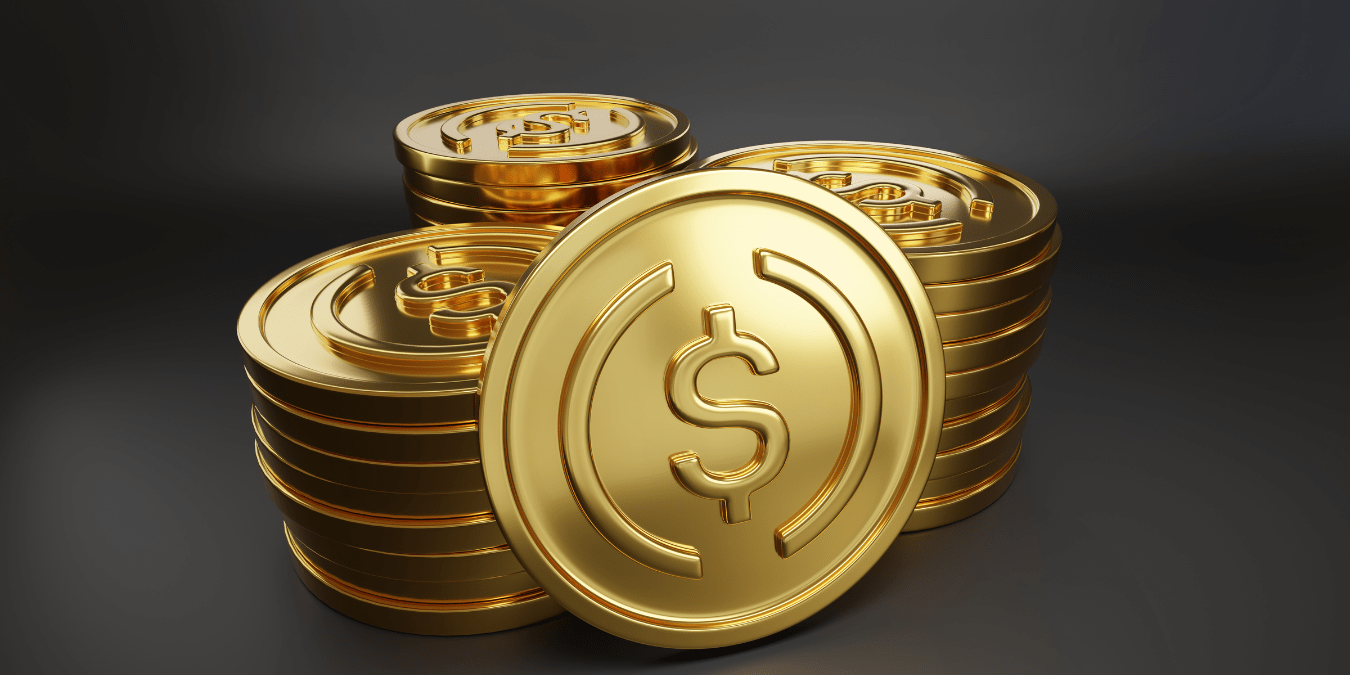
The $68 Billion Rupee Trap: How Stablecoins Could Silently Hijack India’s Financial Freedom
-

Why Your Safe Salary is Actually the Most Dangerous Gamble of 2025
-

The ₹1 Crore Trap: Why High Earners Are the New “Poor” and How to Escape!
